Are gray tree frogs poisonous? That’s a question many people ponder, especially when they encounter these small amphibians in their backyard. You’ve come to the right place for those seeking effective tree frog deterrent methods or concerned about their potential harm.
These frogs make you sick and can be more dangerous if you do not get them treated. Gray tree frogs are small creatures that chill in trees and shrubs. They might seem harmless, but some people worry if they’re poisonous. Poisonous means they could give you a bad problem if you touch or eat them. So, are gray tree frogs like that?
Let’s learn whether gray tree frogs have poison that can make you sick.
The Species of the Gray Tree Frog
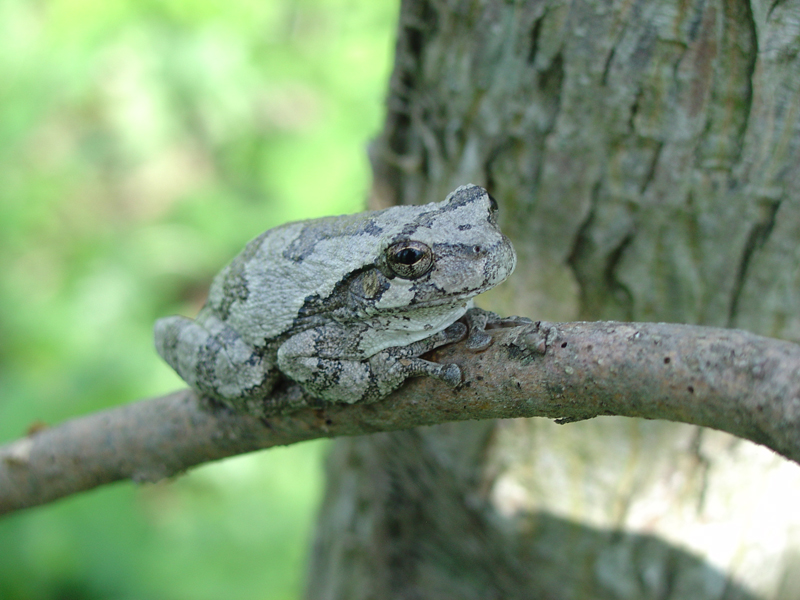
Gray tree frogs, specifically Hyla versicolor, are interesting amphibians known for their special features and actions. These frogs are named after their unique grayish-green color, which helps them hide in the trees and leaves where they often live. They have big, sticky toe pads that help them climb trees and stick to different surfaces, making them great climbers.
One cool thing about gray tree frogs is their amazing ability to make sounds, especially during the mating season. Male tree frogs produce special calls that sound like a rolling trill. They make these sounds to attract female frogs and mark their territory, creating sounds in wetlands and wooded areas during the breeding season.
Understanding the Poisonous Frogs
Some frogs are colorful and dangerous. These colors warn other animals to stay away. Dart frogs from Central and South America are famous for this. These frogs have poison in their skin. It’s very strong. People in those areas put this poison on their blowdarts and arrows.
That’s why they’re called dart frogs. We’re unsure where the poison comes from, but it might be from the bugs they eat, like ants and mites. These bugs also have poison in them.
Gray Tree Frogs: Are They Poisonous?
Gray tree frogs have a bit of poison in them, but they’re not one of the deadliest poisonous frogs. They have special skin glands that make a weak poison to protect themselves. This poison is mainly to scare away animals that might want to eat them.
The poison won’t kill people or most animals, but it might make you feel a little uncomfortable if it gets on your sensitive areas like your eyes or mouth. So, handling these frogs carefully is important to avoid any problems.
The Poisonous Adaptation
Gray tree frogs, specifically the Hyla versicolor species, have changed their bodies to survive in their special homes. One of the most interesting things about their changes is how they react to their skin juice. These frogs make poisonous skin juice that keeps away animals that might want to eat them, like birds and snakes.
Gray tree frogs have also changed how they look to go along with their poison. They have gray and green colors with spots that look like tree bark and leaves. This helps them mix in with the trees where they live.
This super camouflage helps them hide from animals that want to catch them and makes it more likely that they’ll stay safe.
Predators and the Gray Tree Frogs
The gray tree frog has a strong defense system. It makes things that smell bad to stop enemies from eating it. This helps the frog stay safe and successful in its home. Some animals that want to eat the tree frog have changed to deal with its things.
For example, some snakes have special things in their belly that make the things not work. They can eat the tree frog without getting sick. Big frogs that eat the tree frog have also learned how to not get sick from the things over time.
Human Interaction with Gray Tree Frogs
Gray tree frogs, known as Hyla versicolor in science, are interesting amphibians commonly seen in North America. These small, tree-dwelling creatures are famous for their unique gray or greenish color and are a delight to find in nature.
When you come across gray tree frogs, it’s important to be careful and treat them kindly. They have skin that releases mild toxins, which can cause irritation or discomfort if it touches your skin. So, wearing gloves or a soft cloth is a good idea if you need to handle them.
Conservation Concerns
Preserving gray tree frog populations is important because they do a big job in their homes. They help keep the bug numbers down, which is good for the local areas. But, like many other animals that live in water and on land, gray tree frogs have some problems.
Their homes are getting smaller, and the water and air are getting dirty because of people and the changing weather. We need to do things to protect where they live so they can keep going.
Conclusion
When it comes to gray tree frogs, many people think they’re poisonous. The good news is that gray tree frogs are not toxic to humans. You can safely handle them without worrying about getting sick.
But what if you want to know how to get rid of these frogs around your home? It’s quite simple. To keep these little hoppers away, you can remove things that attract them, like bright outdoor lights at night. Also, keeping your yard clean and removing standing water can help keep them away from hanging around.

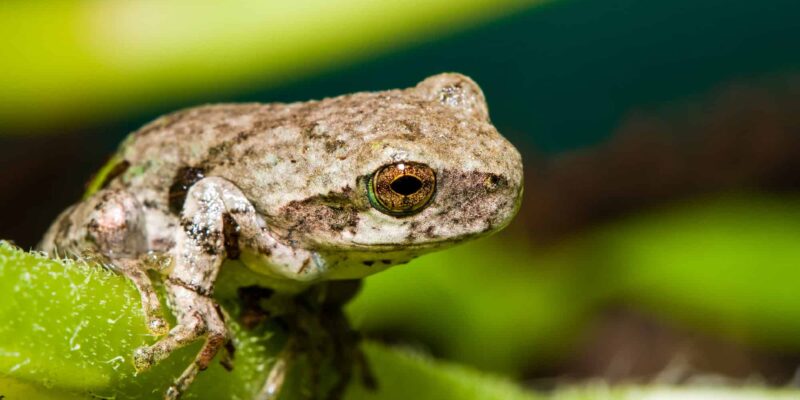




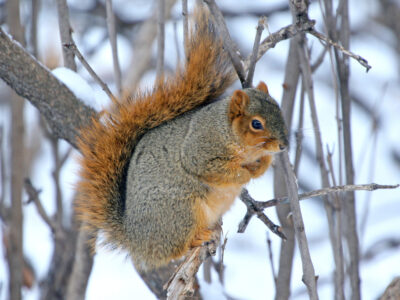

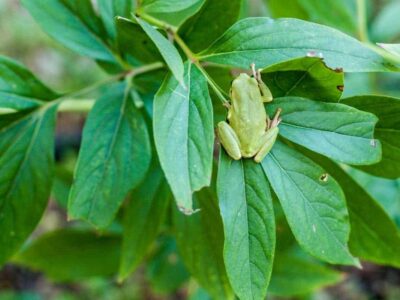
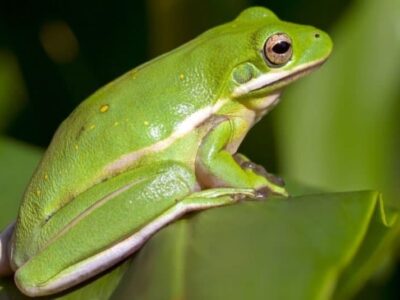




Comments